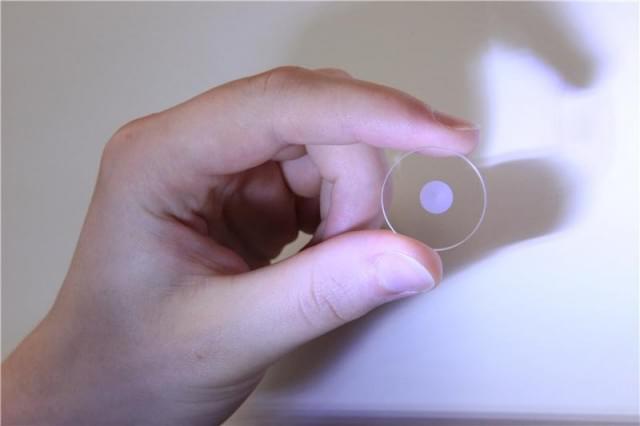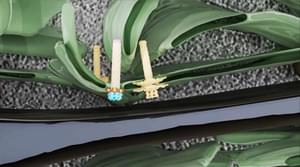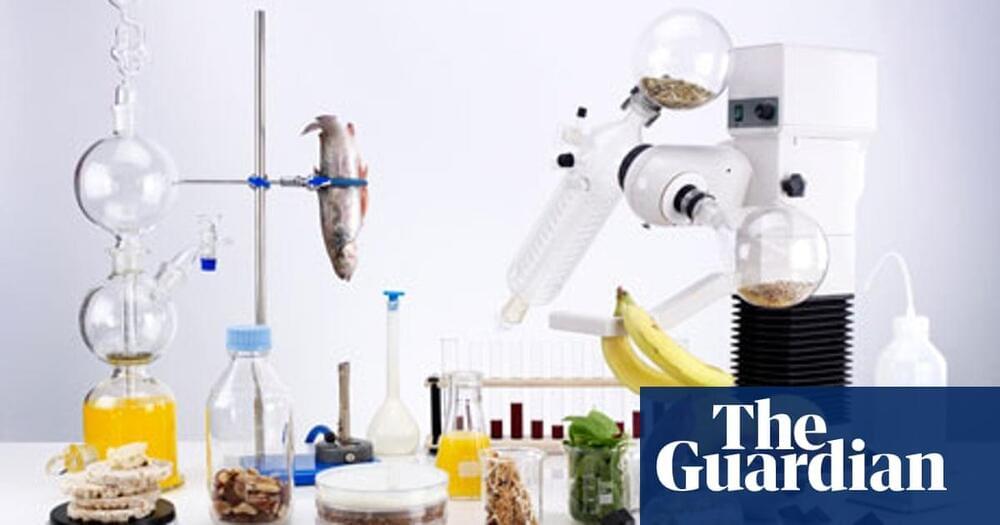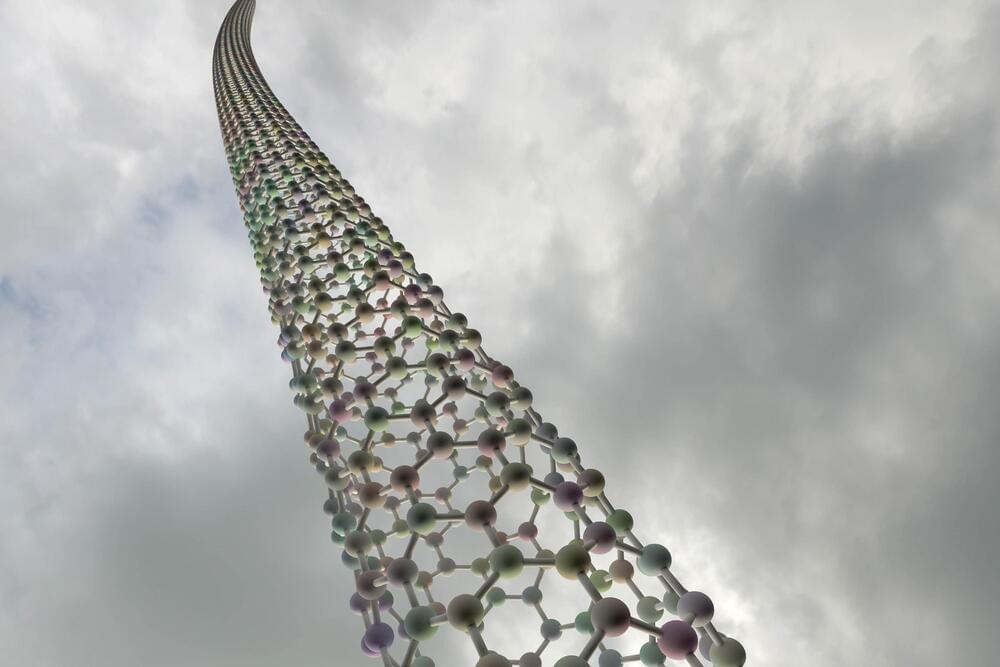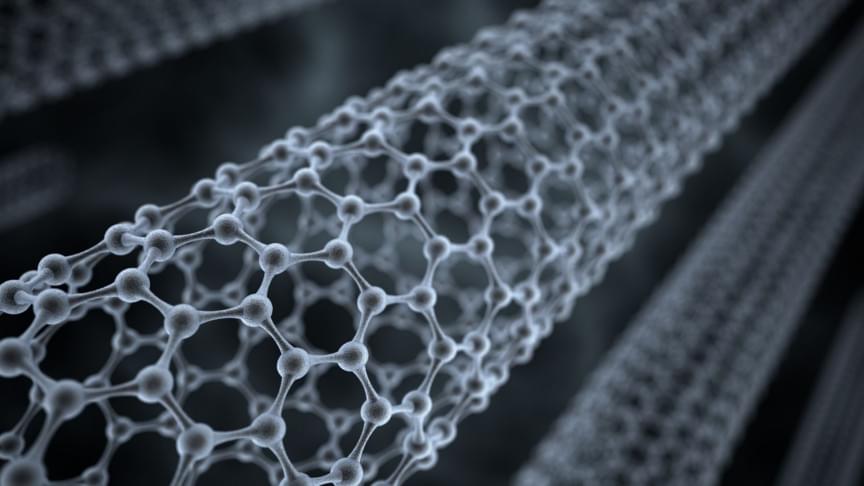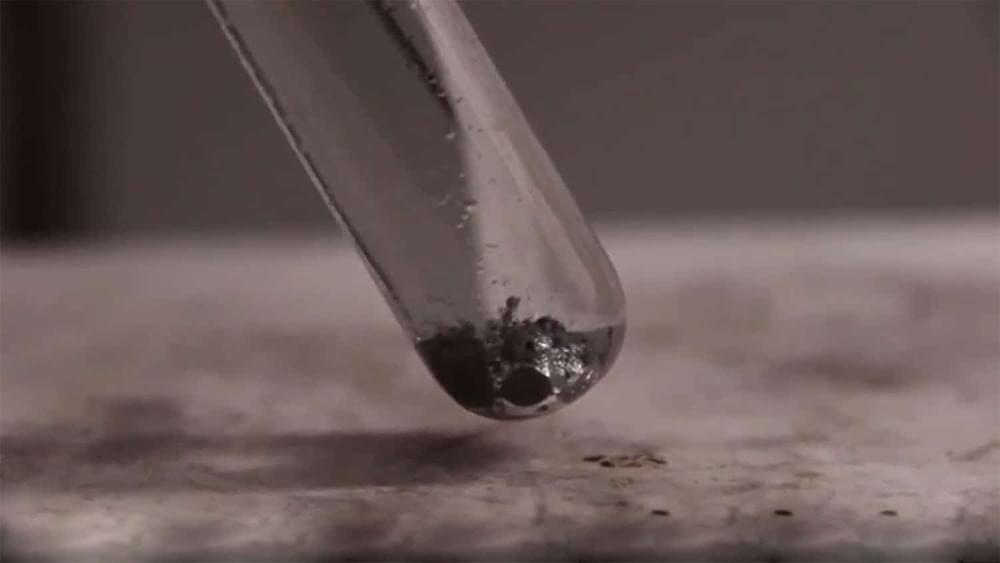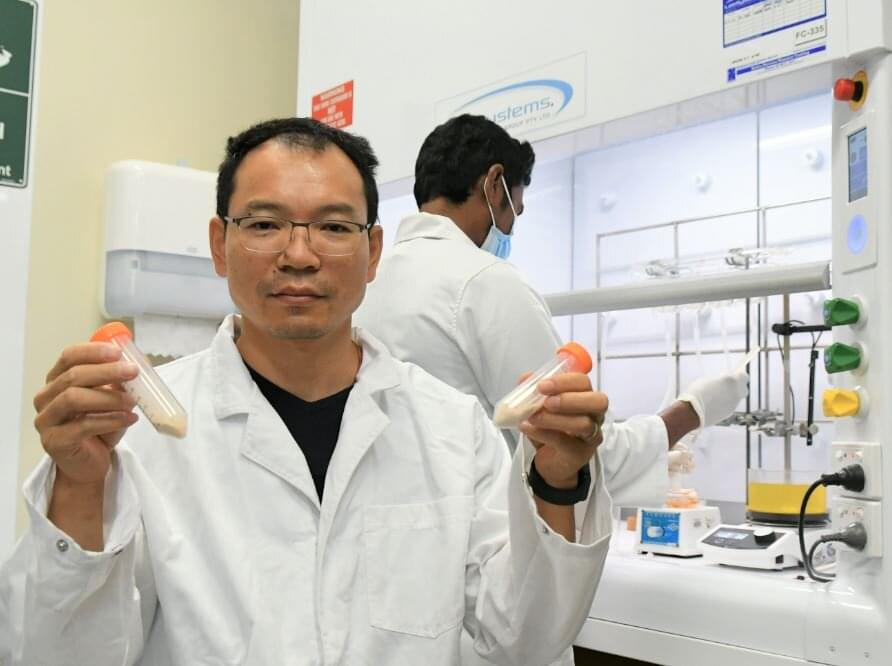Mar 6, 2022
5D Optical Disc Could Store 500TB for Billions of Years
Posted by Shubham Ghosh Roy in categories: computing, internet, nanotechnology
Hard drives and flash storage have gotten more reliable over the years, but only on a human timescale. What if we need data storage that lasts longer? Decades? Millennia? The key to that vision might be 5D optical storage, which has a data density 10,000 times that of a Blu-ray disc. But it’s always been far too slow to write data onto glass plates in this way—until now. A new technique developed at the University of Southampton speeds up the process dramatically, without impacting the reliability of the data.
This type of data storage uses three layers of nanoscale dots in a glass disc. The size, orientation, and position (in three dimensions) of the dots gives you the five “dimensions” used to encode data. Researchers say that a 5D disc could remain readable after 13.8 billion years, but it would be surprising if anyone was even around to read them at that point. In the shorter term, 5D optical media could also survive after being heated to 1,000 degrees Celsius. You can see an earlier, smaller version of the disc above.
This is not the first time 5G optical data storage has popped up. It was just impractically slow before. Data is added to the discs with lasers, but if the laser moves too fast, the disc’s structural integrity is compromised. The technique devised by doctoral researcher Yuhao Lei uses a femtosecond laser with a high repetition rate. The process starts with a seeding pulse that creates a nanovoid, but the fast pulse doesn’t need to actually write any data. The repeated weak pulses leverage a phenomenon known as near-field enhancement to sculpt the nanostructures in a more gentle way.
